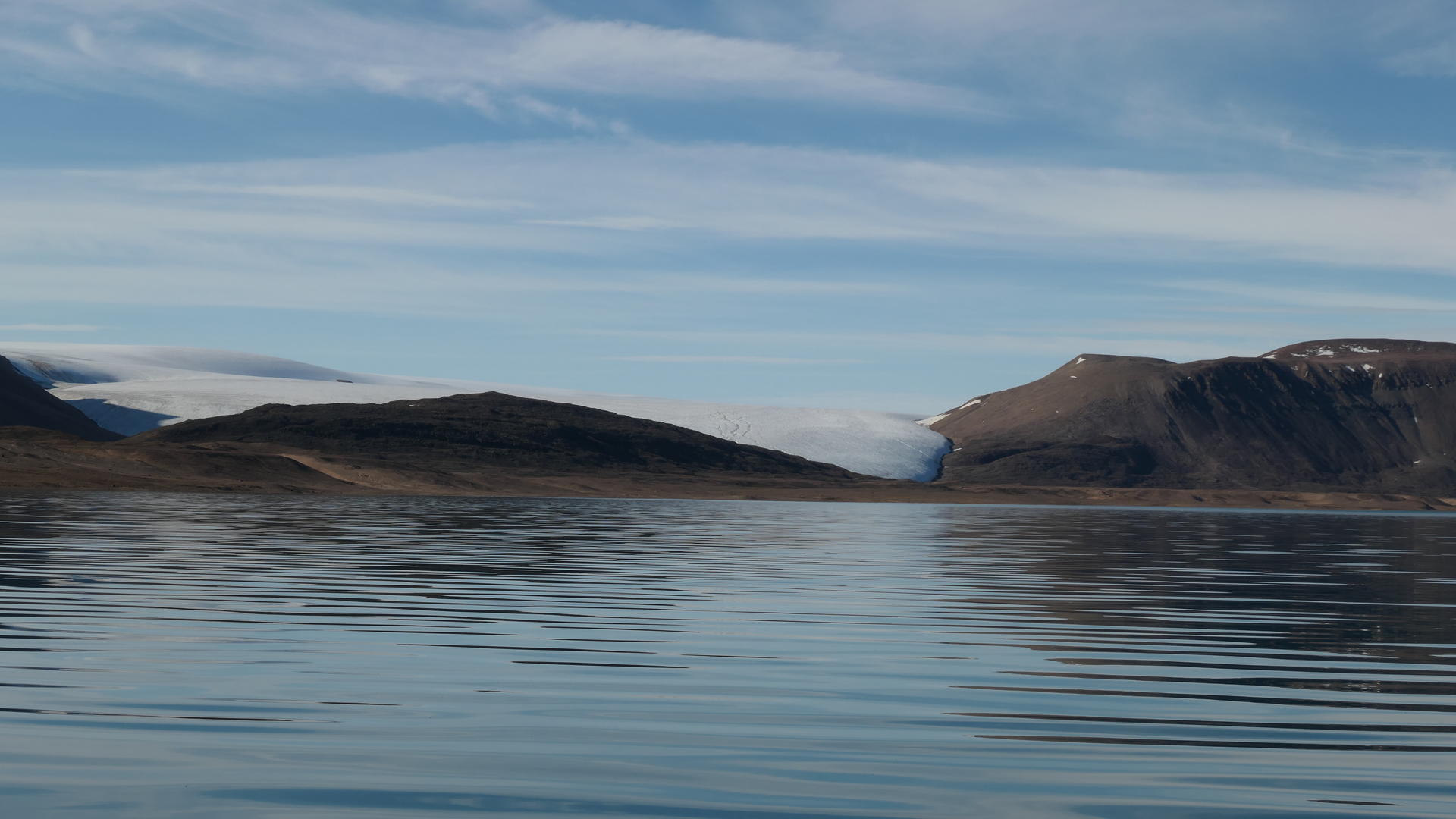UMass Amherst researcher to unravel the 'Last Great Arctic Mystery'
NSF awards $2.5 million grant to team led by Raymond Bradley

Raymond Bradley, Distinguished Professor Of Geosciences at the University of Massachusetts Amherst, will lead a team of researchers to Peary Land, Greenland’s northernmost region with one of the earth’s harshest climates, to discover how humans settled and survived there beginning 4,500 years ago, thanks to a $2.5 million grant from the National Science Foundation.
“This is one of the last great mysteries of the Arctic,” says Bradley. “What were the environmental conditions like when the first people arrived in the High Arctic? How could they have survived in such an extreme and challenging place, only 550 miles from the North Pole?”
The goal of the research project is to document past changes in the climate and environment of the area surrounding the Wandel Dal valley in Peary Land, an area north of the Greenland Ice Sheet, where people with stone tool technology managed to survive for prolonged time intervals during the past 4,500 years. In this remote region, where winter temperatures often fall below -40C, and there are several months of darkness, climatic change likely played a critical role in the survival of people by affecting vegetation and the abundance of grazing animals, as well as the presence of marine mammals on the coast. The researchers believe that when the climate was favorable, resources were relatively abundant and the vulnerability of humans to environmental change was low. During times of unfavorable climate, resources became more limited, and when conditions became sufficiently inhospitable, exceeding the ability of people to adapt, they left the area for more favorable locations.
“Arctic communities have a long history of endurance in an extreme climate. Understanding how people responded to environmental changes in the past will offer those who live in the North today a window into a time when prehistoric people found ways to overcome some of the most difficult conditions on earth,” says Bradley.
The four-year project includes several of Bradley’s former UMass Amherst post-docs, now at partner institutions—Alan Condron at the Woods Hole Oceanographic Institute, William J. D’Andrea at Columbia University and Nicholas Balascio at The College of William and Mary. Additional partners include UMass alumna Bianca Perren at the British Antarctic Survey, Jostein Bakke from the University of Bergen—a former Fulbright Scholar at UMass—and other scientists in Norway led by Inger Alsos at the University of Tromso, and at the Greenland National Museum and Archives in Nuuk, Greenland, led by deputy director Christian Madsen.
“This is a complex project in many ways, involving difficult and expensive logistics just to reach the area,” says Bradley. “But all of the scientists involved have had years of experience working in the Arctic so I am confident that we can overcome any problems and achieve our goals.”